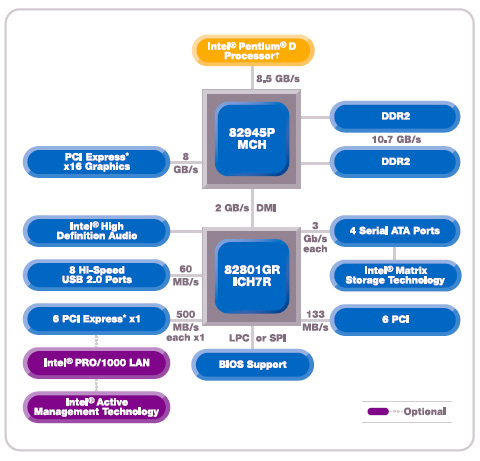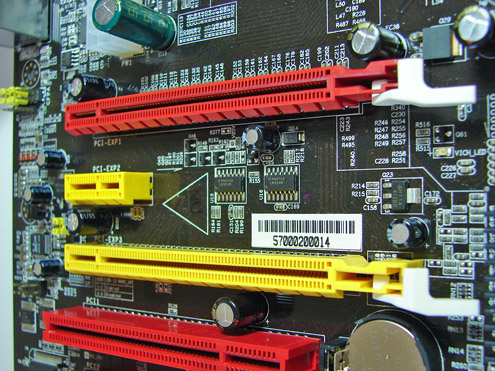Intel 945P Motherboards: Going from Hopeless to Enthusiastic
by Gary Key on November 15, 2005 12:02 AM EST- Posted in
- Motherboards
This line as spoken in F. Scott Fitzgerald's pithy and self-reflecting essay, "The Crack-Up", should remind us in these times of increasing polarization to realize while heatedly debating other's opposing viewpoints that one should maintain dignity and respect for that viewpoint and the person expressing it."The test of a first-rate intelligence is the ability to hold two opposing ideas in mind at the same time and still retain the ability to function. One should, for example, be able to see that things are hopeless yet be determined to make them otherwise."
Those of us who follow the computer industry fully realize the effects of polarization as we read, view, discuss, and openly debate, in sometimes-heated fashion, the merits of each manufacturer's products. This typically leads into discussions regarding Intel versus AMD, NVIDIA versus ATI, Linux versus Windows, Asus versus Gigabyte, PC versus Mac, and so forth until at times our opinions are so one-sided that we fail to recognize the merits of the other product or more importantly, the ability to respect another's opinion.
I have to be honest with you in regards to this article and the products that we are reviewing today. As a devoted computer enthusiast, I fully admit the thought of reviewing the boards included in this article did not excite me, not because of the manufacturers involved, but rather due to the Intel 945 chipset. It has certainly sold in the hundreds of thousands from the likes of Dell, Hewlett-Packard, and others, but unless someone was standing on the street corner praising the virtues of this chipset would you really care about it.
I mean, here we have a chipset that is an excellent follow up to the Intel 915, offers the latest technology, provides very good performance for the dollar, is available in a myriad of configurations, and simply does what it is asked to do without question or issue, but is it enough to change an opinion? It certainly changed our opinion, but probably not for the reasons that one might believe.
Today, we are reviewing the Epox 5LDA+GLI, Foxconn 945P7AA-8EKRS2, and Asus P5LD2 Deluxe based on the Intel 945P chipset. All three manufacturers took a slightly different approach to utilizing this chipset with, at times, similar results.


Let's see what these boards are capable of and if one's opinion can be changed.










26 Comments
View All Comments
Houdani - Tuesday, November 15, 2005 - link
The other reviewers here at Anandtech offer their own style, thereby providing the "mix it up" factor. I personally don't think you need to adjust your style, as I happen to like the cultural infusion supplied by your literary quotes.Furen - Tuesday, November 15, 2005 - link
Fair enough, I was just giving my personal opinion on the matter.bersl2 - Tuesday, November 15, 2005 - link
What's wrong with being exposed to what the author believes to be wisdom? Surely you don't read these articles simply for the technical specifications; otherwise, you would read the spec sheet. Why, then, do you object to the author trying to relate an idea to you?Furen - Tuesday, November 15, 2005 - link
I read the articles for their technical merits. Spec sheets do not show how the different components interact with one another nor can they show performance, stability, etc; and, most importantly of all, they're made by the manufacturer, who is hardly to be considered an unbiased source. The problem with throwing a strong idea in front of the reader before giving him article is that this idea becomes the filter through which the rest of the article is viewed. This is, of course, very effective if you are trying to persuade the user to reach the same conclusions as you, but it skews the reader's ability to analize the purely technical merits of the products.mbhame - Tuesday, November 15, 2005 - link
What makes you so sure Conroe is the last P4? ;)JarredWalton - Tuesday, November 15, 2005 - link
Conroe isn't a P4. It's the next generation architecture that Intel has not yet named - also referred to as the NGATIHNYN. :p